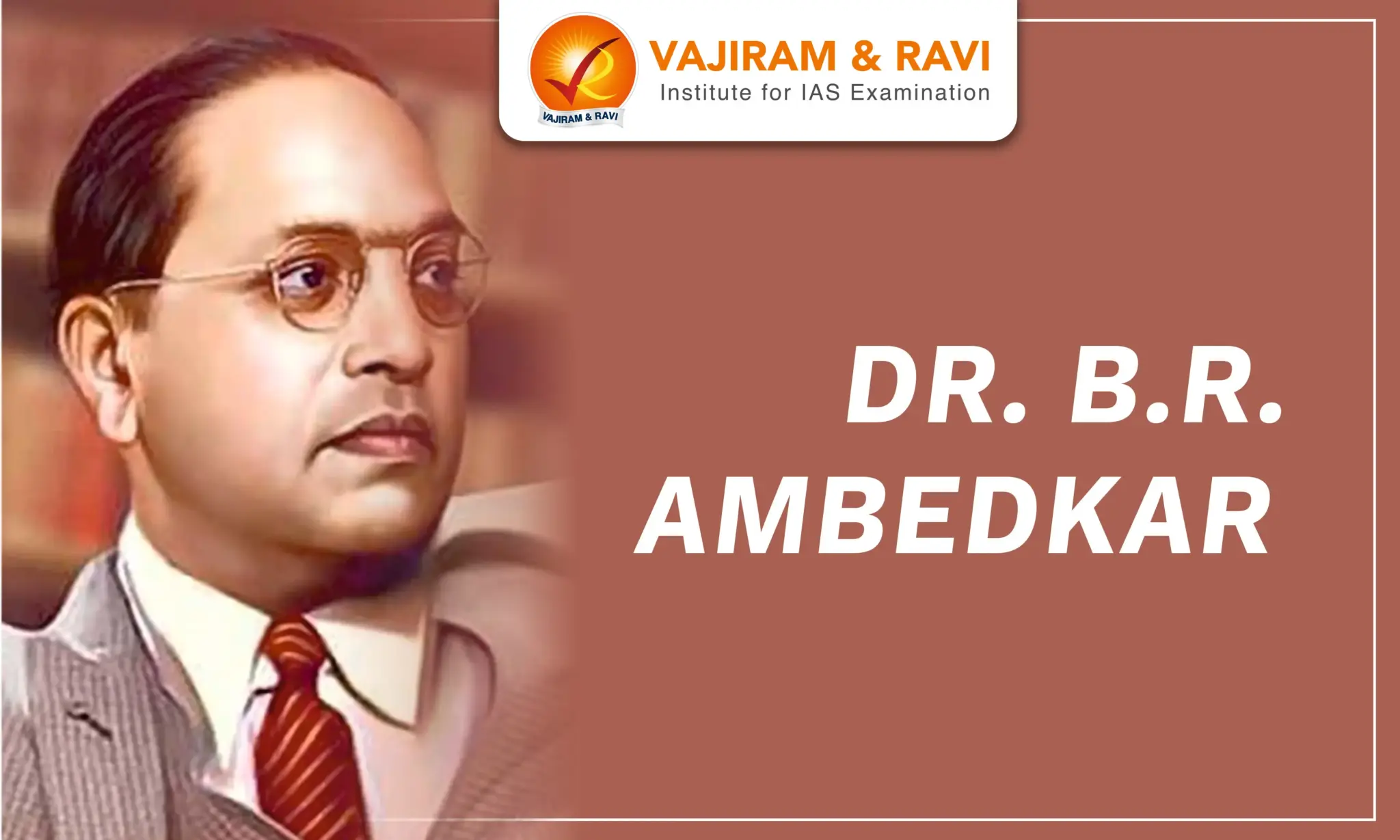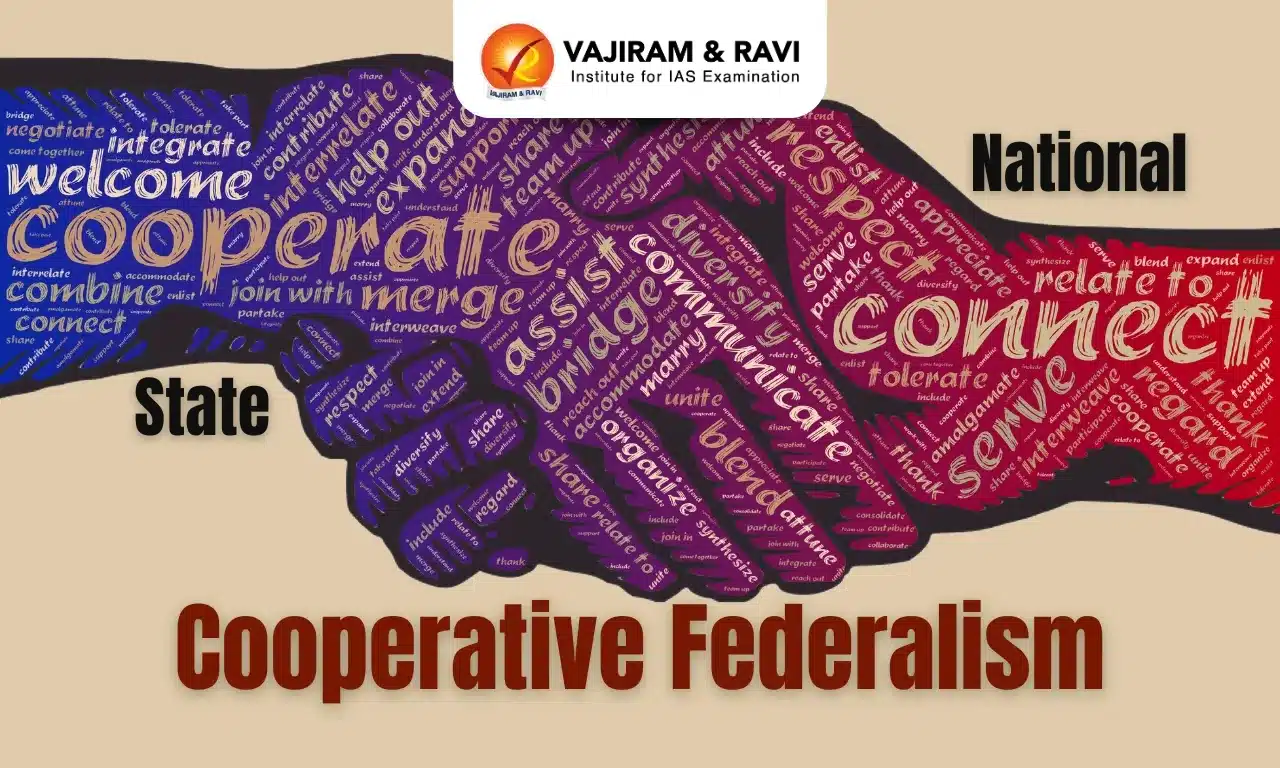3D printing, commonly known as Additive manufacturing (AM), is an emerging technology that is rapidly transforming manufacturing processes worldwide. This revolutionary method creates 3-dimensional objects by successively layering materials under computer control. 3D printing involves layering materials like plastics, composites, or bio-materialsto create objects that range in shape, size, rigidity, and colour. Compared to traditional subtractive techniques, 3D printing offers immense design flexibility, reduced waste, and the ability to produce complex geometries.
As one of the largest and fastest-growing economies, India holds tremendous potential for adopting 3D printing technologies. The 'Make in India' initiative and vision for self-reliance have brought additive manufacturing into sharp focus.
Working Process of a 3D Printer
Here is a brief overview of the working process of a 3D printer:
- 3D Model Design - The process begins with creating a 3D model of the object using computer-aided design (CAD) software. The model is sliced into layers.
- Machine Preparation - The 3D printer is loaded with the required raw materials like plastic filament, resin, metal powder etc. based on the printing technology used.
- Printing Materials - Unlike inkjet and laser printers, a 3D printer does not use liquid ink or solid powder. It deposits layers of molten plastic, metal wire, or powder and fuses them with the existing structure using adhesives or ultraviolet light.
- Layer-by-Layer Printing - The 3D printer deposits and fuses together material layer-by-layer as per the design file. The build platform lowers and the process is repeated until the object is formed.
- Post-Processing - Printed objects may require additional steps like cleaning, smoothening, baking, and polishing. Support structures are removed.
- Quality Checks - Printed objects are checked for dimensional accuracy and compliance with design specifications. Defects may require re-printing.
- Application - The final 3D printed part can then be put to functional use or for other applications like prototyping, education, art and so on.
- Materials: A range of materials are used for 3D printing including plastics like ABS, PLA, nylon, photopolymers, metals including titanium, aluminium, steel, gold, silver, alloys, ceramics, paper, wax, and even food materials like chocolate.
- New materials development is also an active area of innovation.
Types of 3D Printing Technology
There are several technologies used in 3D printing. The most common are:
- Ink-jet Printing: It uses inkjet technology to selectively deposit liquid photopolymer materials layer-by-layer which are cured with UV light. It offers high resolution and surface quality.
- Fused Deposition Modelling (FDM): A plastic filament or metal wire is unwound from a coil and supplies material to an extrusion nozzle which can turn on and off.
- The nozzle is heated to melt the material and lays down the melted material in thin layers on the build platform.
- Stereolithography (SLA): A laser is used to selectively cure a tank of liquid photopolymer resin layer by layer.
- Selective Laser Sintering (SLS): A high-power laser is used to fuse small particles of plastic, metal, ceramic or glass powders into a mass representing the desired 3D shape.
- Electronic Beam Melting (EBM): Uses an electron beam in a vacuum environment to melt and fuse metallic powder particles layer by layer.
- Commonly used for titanium alloys in aerospace and medical implants.
- Laminated Object Manufacturing (LOM): Layers of adhesive-coated paper, plastic or metal laminates are successively glued together and cut to shape with a knife or laser cutter.
- Digital Light Processing (DLP): Similar to stereolithography but with a digital light processing chip controlling the light source, enabling faster build times.
Applications of 3D Printing
3D printing technology is driving transformation across major industries in India due to its ability to enable faster design iterations, simplified production workflows and greater customization. Key sectors adopting 3D printing across various applications are:
- Aerospace: Lightweight printed aircraft and spacecraft parts can replace traditionally manufactured parts to reduce weight and material needs.
- HAL and Wipro 3D printed an air blower component for the TEJAS aircraft using direct metal laser sintering (DMLS). It achieved a 50% weight reduction compared to conventional manufacturing.
- GE's first 3D-printed jet engine fuel nozzle component manufactured in India improved durability and thermal efficiency.
- Automotive: The automotive industry uses 3D printing for rapid prototyping and to produce specialised parts and tools. Printed parts help improve design and can reduce weight.
- Mahindra produces around 200 3D-printed polymer parts annually for vehicle prototypes. This has accelerated design verification and development.
- Tata Motors uses selective laser sintering to batch-produce plastic and rubber spare parts. It has reduced costs by 80-90% compared to conventional techniques.
- Construction: 3D printing technology is being used to construct scale models of buildings, bridges, and even full-scale houses and other structures using concrete and other materials.
- India's first 3D-printed house was built in just 2 weeks by Tvasta using the concrete extrusion technique. It enables faster, sustainable construction.
- 'Amaze 28’, Kerala's first 3D printed building, was constructed in just 28 days at 75% reduced labour cost.
- Healthcare: 3D printing is revolutionising healthcare with customised prosthetics, implants, anatomical models for surgery practice, and pharmaceuticals.
- 3D printed skull implant by medtech startup Yaantra enabled surgeons to accurately visualise tumour shape and remove guesswork during surgery.
- Ossio's 3D-printed orthopaedic implants made from proprietary Ossioglass match natural bone strength and hardness.
- Consumer: With 3D printing, products can be easily customised or personalised to an individual's specs.
- Imaginarium Rapid offers 3D printing services to leading jewellery retailers for custom designs in gold and silver.
- Companies like Dochub and Carbon Heel adopt 3D printing for customized and flexible footwear designs.
- Public Infrastructure: India's first 3D printed post office built in just 45 days by L&T and IIT Madras demonstrates rapid construction capabilities.
- Biomimicry and 3D Printing: Biomimicry is the material design by taking analogies from the functional aspects of similar structures of living things. Examples include spider-web-inspired lightweight structures, lotus leaf self-cleaning surfaces, etc.
- By imitating nature's time-tested patterns, biomimicry can help 3D printing produce optimised shapes, stronger structures, customised surfaces and more using less material.
- Integrating biomimicry principles into 3D printing offers exciting possibilities for sustainable manufacturing.
Advantages of 3D Printing
3D printing confers several unique advantages over traditional manufacturing methods:
- Customised Production: 3D printing easily creates customised products tailored to individual needs rather than mass-standardised products. It enables affordable personalisation and tool-less manufacturing.
- Complex Geometries: Intricate shapes and complex internal structures like lattices, and honeycombs that enhance strength and functionality can be 3D printed. These are impossible to manufacture otherwise.
- On-Demand Local Production: Digital inventories and distributed 3D printing reduce shipping costs, delays, carbon emissions and the need for global supply chains. Spare parts can be printed on-site.
- Material Savings: Additive 3D printing deposits only required material minimising waste. Scrap can be recycled into filament, powder or feedstock.
- Democratised Manufacturing: 3D printing grants access to affordable, quality manufacturing capabilities to individuals, startups, and small firms. Reduces barriers of expensive tools, moulds and dedicated factories.
- Rapid Design Iteration: The ability to swiftly 3D print design prototypes enables faster innovation cycles, improvements and performance optimisation before finalising the design.
- Education and Training: 3D printing develops creative design thinking and spatial skills. Student engagement and understanding of concepts like design, engineering, arts, and mathematics improve.
- Supply Chain Resilience: On-site 3D printing of parts using digital inventories reduces supply chain disruptions due to geopolitical tensions, pandemics, and natural disasters. It strengthens localised manufacturing capacity.
Concerns and Challenges of 3D Printing Technology
Despite rapid adoption, certain limitations and risks posed by 3-D printing need resolution:
- Limited scalability: Production volumes remain low compared to traditional manufacturing. Part size is restricted by printer dimensions.
- High equipment costs: Industrial-grade metal 3-D printer systems still cost over ₹1 crore limiting broader enterprise adoption.
- Material constraints: Limited number of 3-D printable materials. Remains challenging for ceramics and multi-material components.
- Process reliability: Defects like layer delamination, incomplete filling, and micro-porosity often affect final build quality and material properties.
- Standards: Lack of standardized design rules, data formats, quality benchmarks, and material specifications hamper interoperability and reliability.
- Legal Concerns: 3-D printing of weapons, controlled accessories, and patented objects by unregulated actors poses risks.
- Skilled labour: Operating printers and particularly designing optimized 3-D models requires specialized technical skills development.
Key Initiatives in India for 3D Printing
Recognizing 3D printing's immense potential for economic growth and self-reliance, the Government of India has devised targeted policies and initiatives:
- National Strategy for Additive Manufacturing: Formulated by the Ministry of Electronics and Information Technology in 2021, lays down a strategic roadmap to foster 3D printing research, skill development, manufacturing and global partnerships.
- Key goals:
- Enable 100 innovative 3D printing startups.
- Develop 50 India-centric technologies by 2025
- Train 5,000 skilled workers by 2024
- Samarth Udyog: This Industry 4.0 initiative by the Ministry of Heavy Industries aims to enhance manufacturing competitiveness, including the adoption of 3D printing.
- Make in India 2.0: As part of its Atmanirbhar Bharat vision, the government plans to position India as a global 3D printing hub.
- Partnerships with Global Institutes: The government has collaborated with organizations like Applied Materials to establish cutting-edge 3D printing research centres.
- Defence Initiatives: The defence sector has recognized 3D printing's benefits for component production. DRDO and BEL are actively using the technology.
- Healthcare advances: The Biotechnology Industry Research Assistance Council (BIRAC) initiated a 3D printing grand challenge to develop localised healthcare solutions.
- Skilling Programs: The National Skill Development Corporation (NSDC) and central and state governments have launched programs to train youth in 3D printing. PM Kaushal Kendras offer training.
Way Forward
To fully realise the advantages of 3D printing, India needs a multi-pronged approach:
- Promote indigenous 3D printer development through R&D grants and public procurement. Encourage cross-technology collaboration between IT, material science institutions and industry.
- Develop material recycling systems and formulate standards around eco-friendly materials. Mandate recycled content utilisation.
- Enhance curriculum focus from schools to higher education to develop relevant 3D modelling and data analysis skills among students.
- Facilitate IP sharing, international collaboration and FDI in 3D printing to gain rapid technical expertise.
- Provide incentives to MSMEs for adopting 3D printing technologies to make local manufacturing competitive. Cluster development will enable shared infrastructure.
- Use 3D printing for affordable government procurement items like cheap prosthetics, rapid infrastructure modelling, defence spares etc demonstrating viability.
- Implement necessary regulations on manufacturing high-risk firearms, hazardous materials, and copyrighted objects through 3D printing by unchecked actors.
3D printing is a transformative technology that can enable personalised fabrication, distributed manufacturing, supply chain resilience and sustainability. With strategic adoption, supportive policies, and addressing evolving concerns, 3D printing holds immense disruptive potential to reshape manufacturing and empower creativity.
Last updated on November, 2025
→ Check out the latest UPSC Syllabus 2026 here.
→ Join Vajiram & Ravi’s Interview Guidance Programme for expert help to crack your final UPSC stage.
→ UPSC Mains Result 2025 is now out.
→ UPSC Notification 2026 is scheduled to be released on January 14, 2026.
→ UPSC Calendar 2026 is released on 15th May, 2025.
→ The UPSC Vacancy 2025 were released 1129, out of which 979 were for UPSC CSE and remaining 150 are for UPSC IFoS.
→ UPSC Prelims 2026 will be conducted on 24th May, 2026 & UPSC Mains 2026 will be conducted on 21st August 2026.
→ The UPSC Selection Process is of 3 stages-Prelims, Mains and Interview.
→ UPSC Result 2024 is released with latest UPSC Marksheet 2024. Check Now!
→ UPSC Prelims Result 2025 is out now for the CSE held on 25 May 2025.
→ UPSC Toppers List 2024 is released now. Shakti Dubey is UPSC AIR 1 2024 Topper.
→ UPSC Prelims Question Paper 2025 and Unofficial Prelims Answer Key 2025 are available now.
→ UPSC Mains Question Paper 2025 is out for Essay, GS 1, 2, 3 & GS 4.
→ UPSC Mains Indian Language Question Paper 2025 is now out.
→ UPSC Mains Optional Question Paper 2025 is now out.
→ Also check Best IAS Coaching in Delhi
3D printing FAQs
Q1. What is 3D Printing?+
Q2. What materials are used in 3D Printing?+
Q3. What are the main 3D Printing processes?+
Q4. What are the benefits of 3D Printing?+
Q5. What are the applications of 3D Printing?What are the applications of 3D Printing?+
Tags: 3d printing quest






















